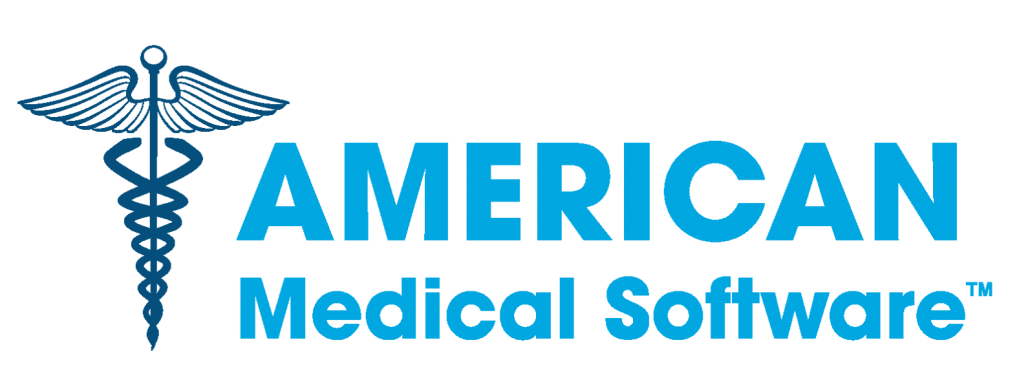Meaningful Use of EHR Systems Starts with Meaningful Training
The adoption of certified electronic health record technology (CEHRT) requires time, money, and most importantly people. An ongoing debate among health information technology (IT) experts currently centers on the lack of available health IT professionals and training resources.
Last week’s meeting of the Health Information Technology Policy Committee Certification/Adoption Workforce focused on the challenge of providing eligible professionals and hospitals with the training and staffing resources to get them through not only implementing of an EHR system but also sustaining that system through future stages of meaningful use. The Health IT Workforce Development Subgroup identified a number of challenges that providers encounter on their way to become meaningful users in the Centers for Medicare & Medicaid Services (CMS) EHR Incentive Programs.
The first challenge deals with allocating resources for training. As the group noted, training for Stage 1 Meaningful Use (i.e., EHR implementation support) was effective at developing a skilled workforce capable of meeting the needs of providers. The problem continues to be a lack of incentives aimed directly at using this workforce.
Meaningful use requires the “meaningful training” of health IT professionals, but there’s still the problem of affording these resources. Considering that the regional extension centers (RECs) created by the Office of the National Coordinator for Health Information Technology are set to expire with the close of Stage 1 Meaningful Use, it’s imperative that providers have access to reliable and affordable resources for future phases of the EHR Incentive Programs.
 The second challenge is time, namely being able to allow staff to attend health IT training. Currently, meaningful users find themselves in the first phase of meaningful use, but they will face new requirements and evolutions in health IT as the program moves forward. To keep with innovation, providers must be able to receive training as new requirements emerge or have access to health IT professionals capable of supporting them. Not only must future stages of meaningful use update technology, but also they need to upgrade and advance the skills of health IT users.
The second challenge is time, namely being able to allow staff to attend health IT training. Currently, meaningful users find themselves in the first phase of meaningful use, but they will face new requirements and evolutions in health IT as the program moves forward. To keep with innovation, providers must be able to receive training as new requirements emerge or have access to health IT professionals capable of supporting them. Not only must future stages of meaningful use update technology, but also they need to upgrade and advance the skills of health IT users.
The third challenge involves the health IT workforce itself. How will providers ensure that they have the qualified personnel on hand to keep them on the path to meaningful use? This leads to the matter of certification. Degree and certificate programs should take into account the demands of the market and come to a consensus about what the requisite skills and qualifications are. And what counts as accredited training? Considering that providers are strapped for time, the increasing need for training in the workplace itself requires a rethinking of how these users receive credit for their work. The training environment is changing, necessitates that accrediting bodies reimagine constitutes an accredited activity.
While meaningful use places a significant emphasis on EHR technology, its mission is to change the way providers use health IT to improve the care of their patients and patient populations. To achieve this end, providers must adopt as well as adapt to new and emerging technologies, beginning with knowledge of and access to the right resources and best practices.
Source: www.ehrintelligence.com; Kyle Murphy; October 15, 2012.




Leave a Reply
Want to join the discussion?Feel free to contribute!